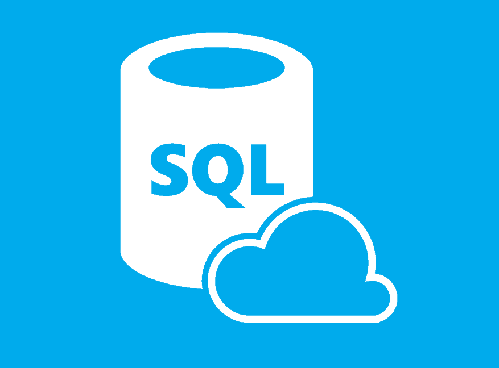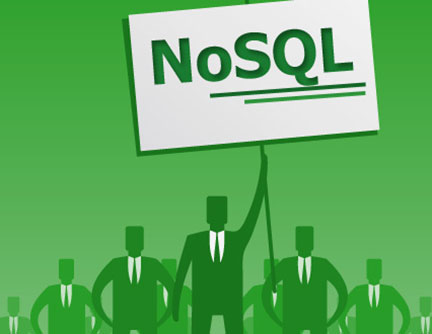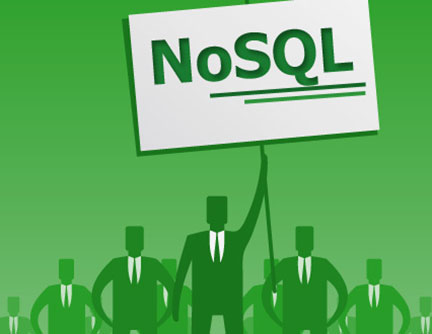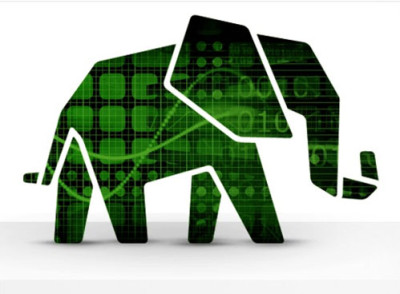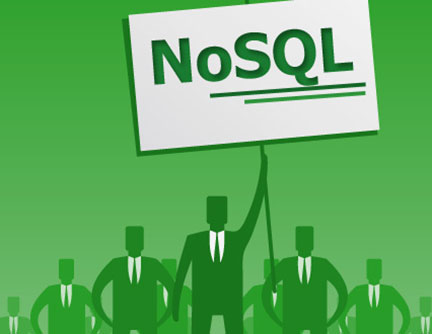It’s difficult to wrap one’s mind around this, but it’s now possible to store vast amounts of data on a DNA strand. Isn’t it ironic that so much of the world’s data is stored via computerized data centers that are the result of many years of information technology and development, yet bacterial DNA has been with us for years and has been capable of doing the job better than anything else, all along?
Nature argues that researchers must ensure information is reliably encoded and that nucleotide strings can be produced economically and efficiently, as well. We’ll eventually have no choice, though, since—according to BackupAssist—“the digital data we need to store is increasing at an unsustainable rate for our current hardware.” This seems like all the more reason to streamline data use and make sure no more is stored than is absolutely necessary. It does seem, though, that we’re heading toward a kind of science fiction version of reality, in a way.
Scientific American quotes Microsoft’s Karin Strauss envisioning what this DNA storage and retrieval might look like via “archival DNA storage services,” within the next decade: “You could open your browser and upload files to their site or get your bytes back, like cloud storage,” she says. “Or, with as yet unrealized breakthroughs in DNA synthesis and sequencing, ‘you could buy a DNA drive instead of a disk drive.’”
So there’s the future, and there’s what we have now. There’s network-attached storage and online or cloud-based storage like DropBox, Google Drive, and iCloud. For more small-scale data storage, there are flash memory drives and external hard drives. However, businesses considering cloud-based storage are often concerned with data security; CIO Review identifies SkyHigh Networks and Netskope as two cloud-security companies that are filling the gap. This concern with security will continue to be a prominent factor as cloud-based storage and backup become the norm—as opposed to on-site, enterprise software.
The problem with many of these cloud-based services is also what makes them convenient: that is, because they are accessible from anywhere, they are also more prone to hacking when being accessed from a location other than the workplace: say a public Internet café or a personal home computer utilized by multiple users. Another possible point of weakness is the prevalence of BYOD in the workplace, as of late. If an employee signs into network drives from a personal computer or smartphone while at work, then transmits unsecured data using their own devices, that data will be more vulnerable to hackers and other people outside the network. Password-protected documents and devices will help ensure security of information, regardless of the device being used.
Microsoft provides a guide to different backup techniques, as well as a bit of information as to different types of backup hardware required to perform backups—information useful to the layman, for practical reference. In addition to full backups, there are differential backups, incremental backups, and daily backups. Microsoft recommends doing a combination of full and partial backups on a weekly basis.
For now, the most trending form of data storage and backup come in the form of cloud-based services—though the transition is a slow one. Antony Adshead predicts that “The tipping point at which public cloud operations attain a 50% share of IT workloads will come in 2030. Until then, and beyond, we face ‘decades of a hybrid [cloud] world.’” The hybrid cloud combines a few features of private and public clouds, while also allowing for advanced customization; you can pick and choose which bits of information are stored on the private versus the public side, depending on the level of sensitivity.
* * *
As we move into the future, cloud-based computing is likely to become more and more prominent, allowing us to access the majority of our information for work and personal use from anywhere. The need for effective cybersecurity will also increase, but cloud-based data platform companies are doing a good job of anticipating these concerns by acquiring cybersecurity companies—known in the ‘cloud-world’ as cloud access security brokers (CASB)—at an increased rate. Expect to see more merging of data storage platforms with security-based companies as the move to cloud becomes increasingly widespread.
